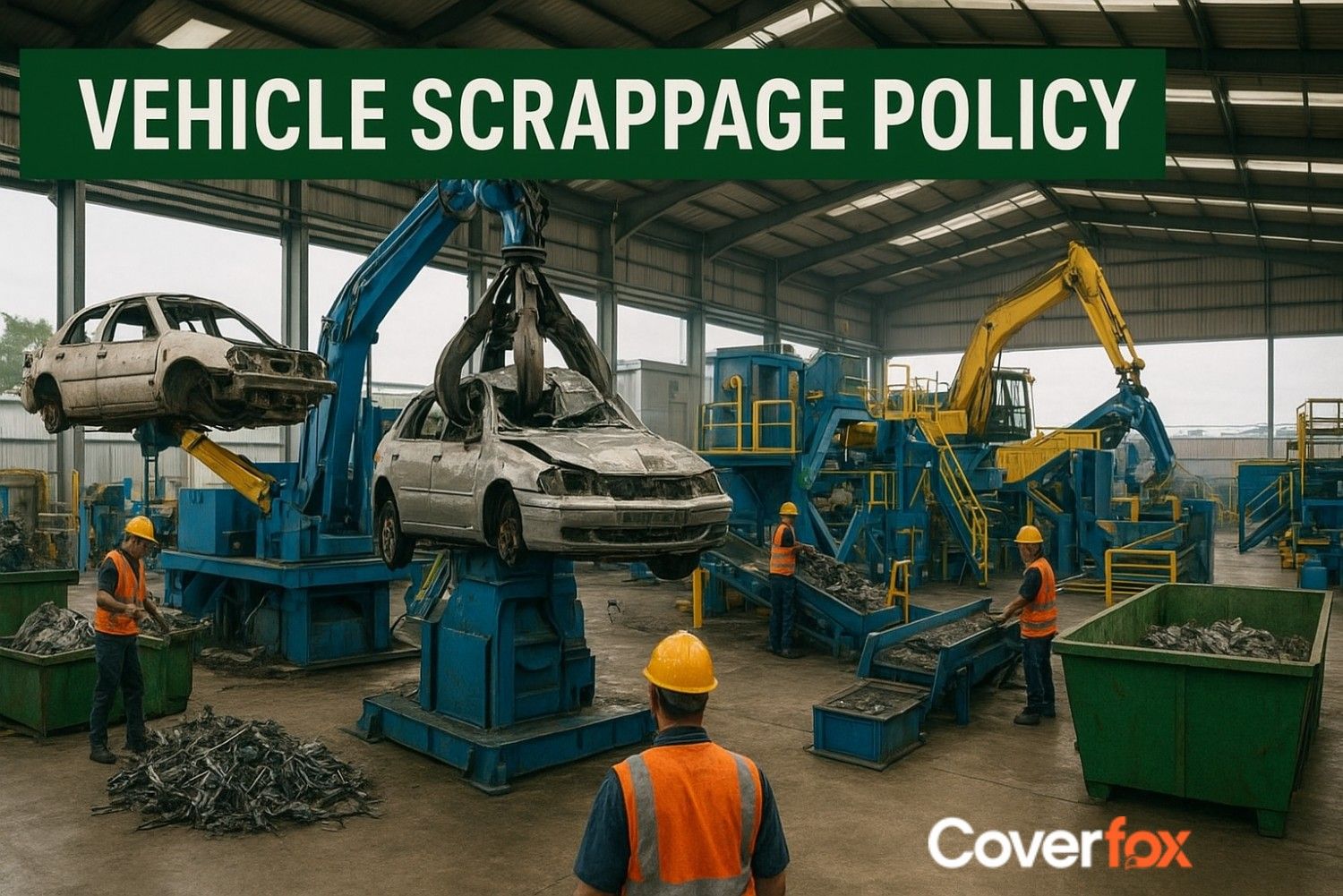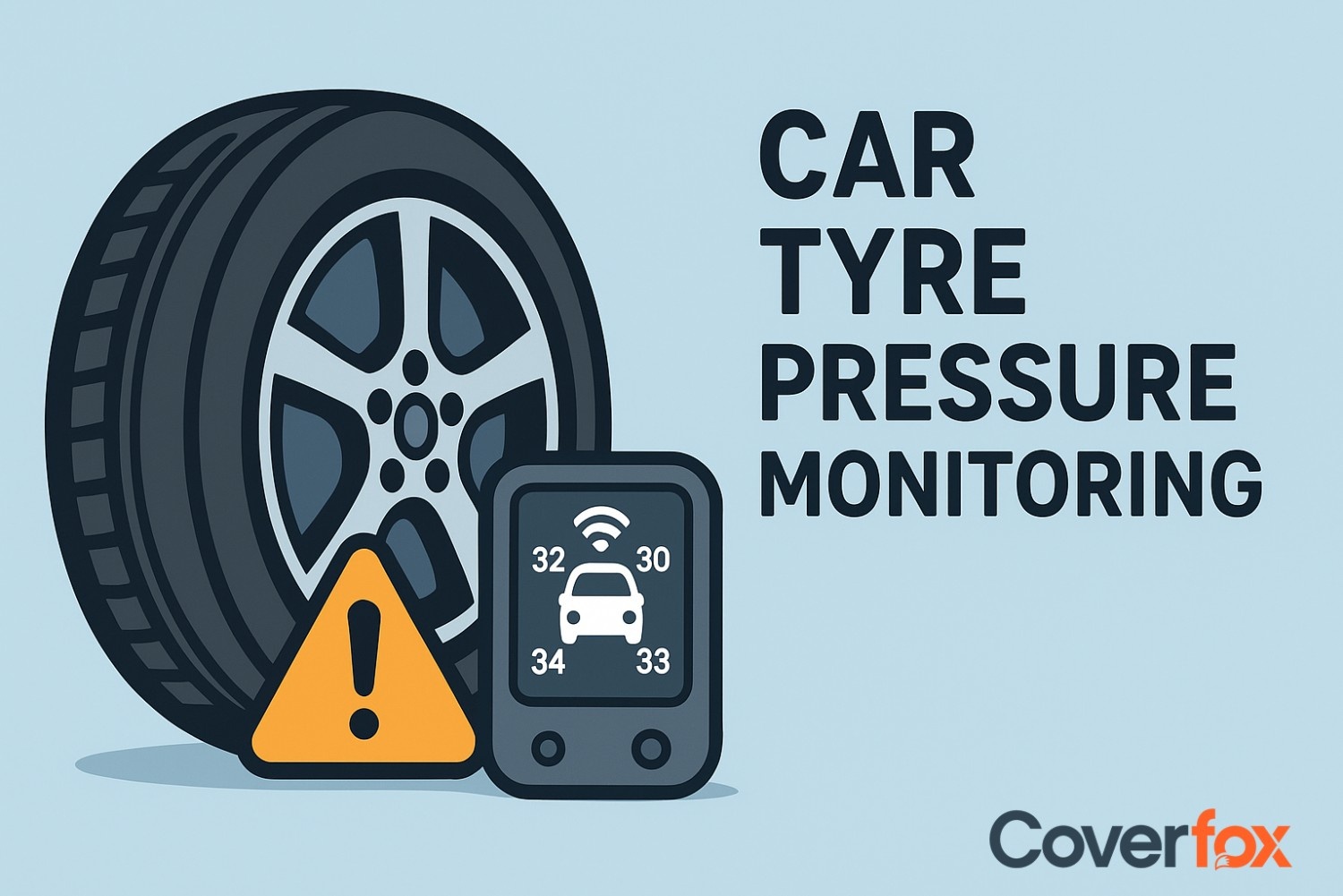The powerhouse of a vehicle, engines are one of the most crucial components in a car. The whole process of converting fuel energy into mechanical power is done by an engine. However, there are different ways how engine combustion works, depending on the type of engine fitted. One such engine is the V-Engine. The reason why it's called a V-engine is because it is V-shaped. So, what are V-engines and how does it work? Let us understand through this article, along with the different types and application of V-Engines in a car.

What is V Engine?
A V-Engine (V shaped Engine) is a type of combustion engine installed in cars. A pair of cylinders are installed at 60-90° angles. This is what gives the engine a “V shape”. This type of configuration helps the engine to remain compact while packing a punch. V-Engines are known for their strong power output and used specially in super cars and bikes.
Depending on the number of cylinders this type of engine comes in configuration variants like V2, V4, V6, V8, V10 and V12. The first known V-twin engine appeared in 1889 by Daimler. Over time, with advancement in technology, modern materials and engineering along with fuel injections helped to make this engine a beast.
What are the Types of V Engines?
There are a number of types of V Engines with the first ever V Engine dating back 1889 called V2. These engines are named after the number of cylinders set inside the engine. The different types of V Engines are:
1. V2 (V Twin Cylinder Engine)
The first ever V Engine introduced, the V2 engine has two chambers, occupying a compact space, and is ideal for two-wheelers.
2. V4 Engine
Rarely used in cars, the V4 has four cylinders arranged in two banks of two cylinders each, forming a V at an angle (usually 60° or 90°). It has a complex structure making it difficult to assemble, and not feasible for today’s cars. It is rarely seen in some older models of sports cars.
3. V6 Engine
The V6 gets its name by arranging using 6 cylinders (3 cylinders each in 2 banks) forming a V shape (at 60°, 90°, 120° angles). V6 offers a balance in power and fuel consumption, making it an excellent choice for sedans and SUVs rather than a sports car. It also reduces vibrations in a vehicle to a large extent because of its compact design.
4. V8 Engine
In the year 1903, the engine V8 was introduced. At the start, it was actually used in airplanes and racing boats. But with time, it has become the most common V8 engine seen in cars. With a 8 cylinder configuration (2 sets of 4 cylinder chambers), it lives up to its name. The chambers are installed at a 90°, creating the most power it can. This powerhouse of an engine is seen in many sports cars, most famous in the American muscle cars Ford Mustang and Dodge Charger.
5. V10 Engine
Coming to one of the expensive ends in the list, the V10 is a middle ground between V8 and V12, providing compactness from V8 and strong power output from V12. With 5 cylinders installed in 2 rows, at 72° angle, V10s provide smooth yet powerful combustion. However, this engine is expensive, making it a rare sight in cars. High-end cars like Audi R8 and Lamborghini Huracan use V10.
6. V12 Engine
Typically seen in the luxury end of cars (like Rolls Royce, Ferrari, Aston Martin) the V12 powerhouse comes in a configuration of 6 cylinders in 2 rows each at 60° or 65°, providing smoothness and strong combustion power. The first V12 engine ever was used in Rolls-Royce's Phantom-III (For private/commercial cars). Some luxury brands like Mercedes use the engine name in its models like the M120 series.
7. V16 Engine
The extremely rare V16 engine can be seen in some vintage cars like Cadillac Sixteen concept or old Buggattis. With a 8 by 2 configuration, this type of engine is actually impractical considering its huge size, and therefore not used in everyday cars. They are mostly used as showpieces in a car.
How does the V Engine Works?
Just like every engine works, the V engine takes in air and fuel and combusts it to convert it into mechanical energy. The combustion in the closed chambers creates pressure, and this pressure is transferred to the pistons which in turn takes it downwards in the form of force. After leaving the stored gases through exhaust, it takes it back upwards. Heres a step by step guide on how the V engine works:
Intake:
Air and fuel enter each cylinder
Compression:
The piston moves up to compress this mixture
Ignition:
A spark plug ignites the mixture, causing an explosion
Power stroke:
The explosion pushes the piston down
Exhaust:
The burnt gases are pushed out of the cylinder.
This system works in a cycle. What makes a V engine unique is its structure; how the cylinders are put in a V shape and how that affects the complete process (Creates more energy while taking up less space).
What are the Components of a V Engine?
Here’s a list of all the components in a V Engine that helps it to function and stand out:
Cylinder Block:
Holding cell of the engine, holds all the cylinder
Cylinders:
Tubes where fuel is burnt to create power
Pistons:
Move up and down inside the cylinders from fuel explosions
Connecting Rods:
Linking bridge between the pistons and the crankshaft
Crankshaft:
Power sent to wheels through a crankshaft
Cylinder Heads:
Seal the top of each cylinder bank and hold valves, spark plugs, etc.
Camshaft(s):
Open and close the engine’s valves at the right time
Valves (Intake & Exhaust):
Let fuel/air in and push exhaust gases out of the cylinder
Spark Plugs:
Ignite the air-fuel mixture in petrol engines
Fuel Injectors:
Lets fuel into the engine in controlled amounts
Timing Chain/Belt:
Keeps the working of crankshafts and camshafts in proper sync
Oil Pump:
Oil for lubrication of parts
Cooling System:
Prevents the engine from overheating using coolant and a radiator
Air Intake System:
Brings fresh air into the engine for combustion
Exhaust Manifold:
Collects and directs exhaust gases out of the engine.
What are the Advantages of V Type Engines?
To understand if you need a V type engine or not, let us understand the advantages of using a V Engine:
- Because of the compact design the V shaped engine takes up less space in the car than an inline engine.
- A large number of cylinders (up to 24) can be confined in a smaller space.
- V engine uses more pistons than inline engines, creating an efficient power creating engine.
- V engines are more silent, and generate less vibrations than an inline engine.
- Speaking in terms of power, the V engine generates more power than the inline engine, which is especially significant in sports cars.
What are the Disadvantages of V Type Engines?
Here are a few disadvantages of having a V type engine:
- V engines have a complex structure, making shoots up production and maintenance costs. Also it takes a lot of time to create a V Engine.
- V engines are fuel hungry engines. Variants like V8 or V12 devour fuel although creating more power.
- Having more components adds to the overall weight of the engine. V engines do have more pistons and cylinders causing it to add to the weight of the car.
- V engines are expensive, and are often seen in luxurious cars and sports cars.
Applications and Examples of V Engines
V engines are used in both cars and motorcycles, but the configuration and purpose vary depending on the type of vehicle. Cars generally have the V6, V8, V12 variants whereas bikes have the V2 and V4 variants. Here is a list of cars that uses V Engines:
V6 Engines
- Toyota Camry, Nissan 370Z, Honda Accord V6
- Used in mid-size sedans and crossovers that love a balance of power and efficiency.
V8 Engines
- Ford Mustang GT, Chevrolet Camaro SS, BMW M5
- Common in sports cars and muscle cars for high performance and strong acceleration.
V12 Engines
- Ferrari 812 Superfast, Lamborghini Aventador, Rolls-Royce Phantom
- Used in high-end supercars and luxury cars for ultra-smooth, high-output performance.
Why Cars Use V Engines?
- V engines have more cylinders fit in a compact engine bay
- For smoother performance and a lower centre of gravity
- V engines are made for high speed, acceleration, and towing capacity
While V2 and V4 engines are small and compact, they are suitable for two wheelers. Here are popular bikes that use V Engines:
V2 Engines:
Harley-Davidson Street Glide, Ducati Panigale V2, KTM RC 8C
V4 Engines:
Honda VFR1200F, Aprilia RSV4, Ducati V4 Superleggera.
Key Takeaways
V engines are a powerhouse, standing out in the engine segment as fuel hungry and massive power output engines. Typically, these engines are seen in luxury cars or sports cars. The engine itself is expensive, leaving aside the maintenance and servicing of the engine. Therefore having insurance add-ons like Engine Protection cover can safeguard your prized possession. Having a customized-comprehensive car insurance is recommended for financial protection of your V Engine car. Drive safe!
Frequently Asked Questions
What is the basic difference between V type and In line Engine?
In a V-type engine, the cylinders are arranged in two angled rows forming a "V" shape, while in an inline engine, all cylinders are placed in a single straight line. V engines are more compact and powerful; inline engines are simpler and easier to maintain.
Which V Engine is more powerful?
The more cylinders a V engine has, the more power the V engine is. So, a V12 is more powerful than a V8, a V8 is more powerful than a V6, so on and so forth.
What does the number “8” indicate in V8 Engine?
The number 8 indicates the number of cylinders in the V8 engine that is 8.
What is the V engine's displacement volume?
It varies based on engine size and can range from 2.5 litres in a V6 to over 6.0 litres in a V12.





